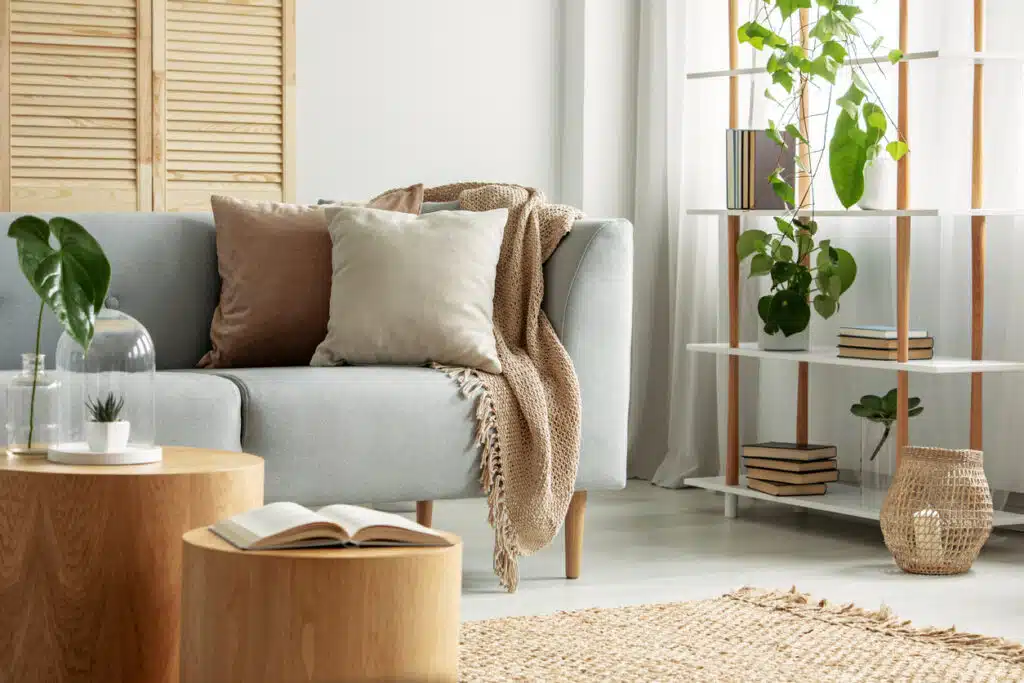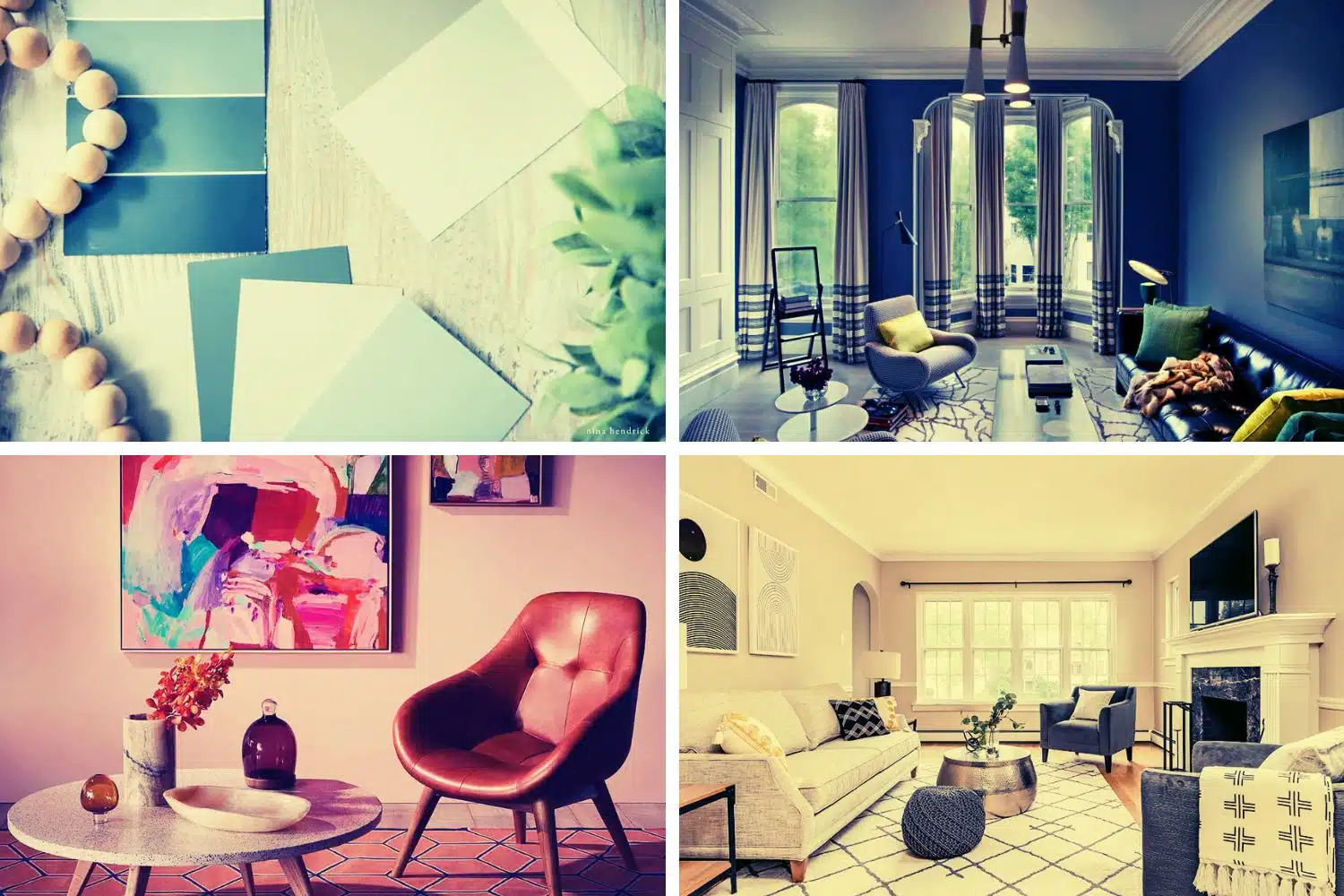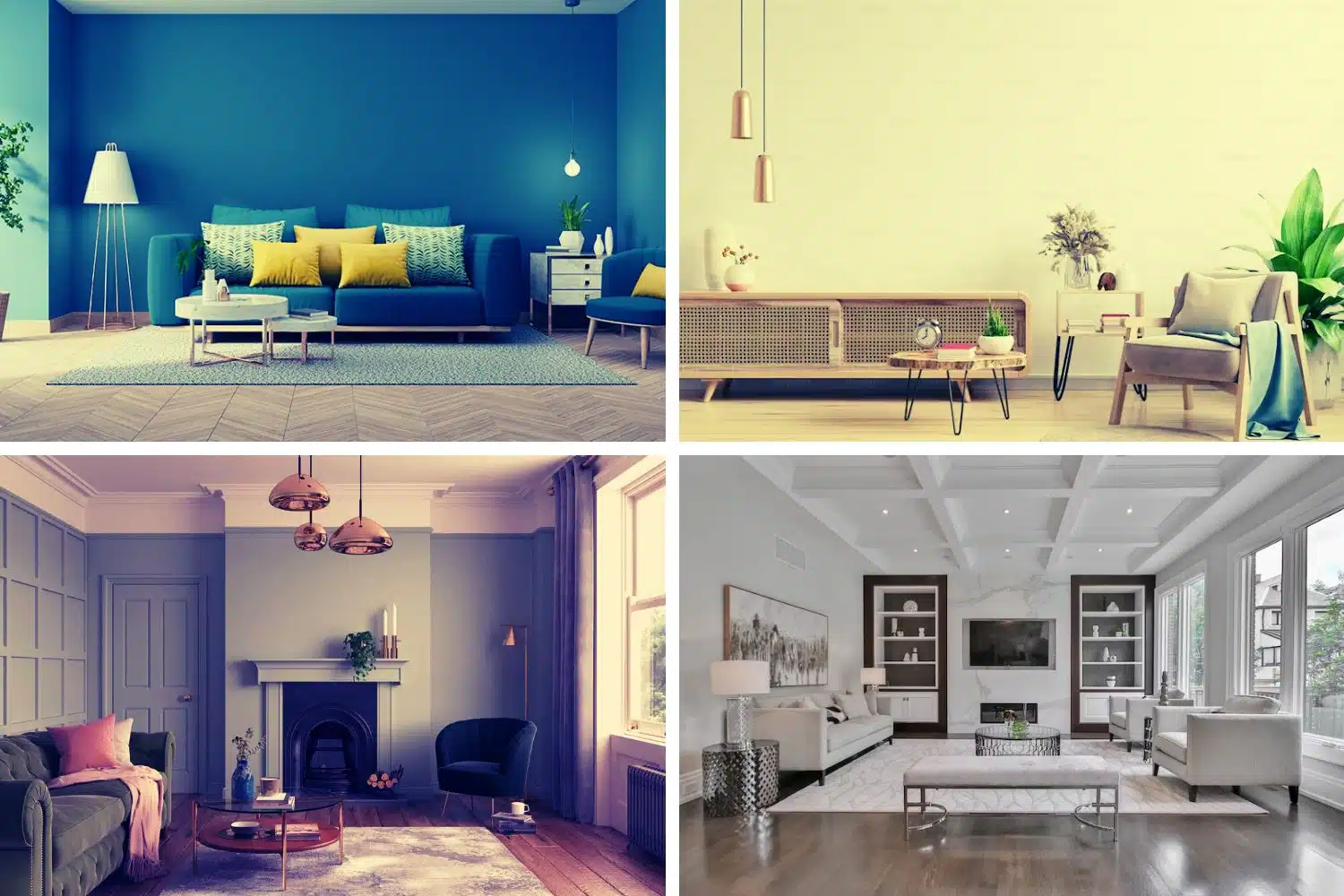The concept of home design extends well beyond aesthetics; it’s also about creating spaces that nourish the soul, inspire creativity, and support holistic development. This article delves into the realm of spiritual sanctuary creation within homes, with a specific focus on how it enhances and supports the educational journey. By understanding the connection between environment and learning, individuals can create spaces that not only look beautiful but also foster intellectual and spiritual growth.
Holistic Learning Spaces: Designing Spiritual Sanctuaries for Education
The aesthetics of a home can directly impact the educational outcomes of its inhabitants. By consciously creating spiritual sanctuaries within homes, homeowners can foster an environment conducive to holistic learning. These spaces, designed with mindfulness and intention, can serve as catalysts for intellectual, emotional, and spiritual growth.
Spiritual sanctuaries are not limited to prayer rooms or meditation corners; they can be incorporated into every part of the home. From the kitchen, where meals are prepared with love, to the living room, where conversations and connections are forged, every area can be imbued with a sense of spirituality. By incorporating elements such as natural materials, ample sunlight, calming colors, and organic textures, homeowners can create spaces that inspire tranquility and reflection.
The design of such spaces should also consider the individual learning styles and preferences of the inhabitants. For instance, someone who learns best in quiet, solitary environments might benefit from a secluded study corner, while someone who thrives in social settings might prefer a communal study area. The key is to create a space that encourages focus, stimulates the mind, and nurtures the soul.
Mind, Body, Spirit: How Home Interiors Impact Students’ Spiritual Growth

The impact of home interiors on a student’s spiritual growth cannot be overstated. The environment in which a student learns and grows plays a significant role in shaping their worldview, values, and beliefs. By creating spaces that reflect and encourage spirituality, parents can provide their children with a strong foundation for personal and spiritual growth.
A spiritual space does not necessarily mean a religious one; it could simply be a space that instills peace, promotes introspection, and encourages mindfulness. Such a space could be filled with books that inspire thought, art that provokes emotion, or plants that foster a connection with nature. By surrounding students with elements that promote reflection and contemplation, parents can nourish their children’s spiritual growth.
Moreover, the physical layout of a home can greatly influence a student’s mental and emotional well-being. A clutter-free, organized space can reduce feelings of anxiety and stress, while an aesthetically pleasing environment can inspire creativity and joy. By considering factors such as lighting, color, texture, and layout, parents can create a home environment that supports their children’s overall well-being.
Learning in Harmony: Creating Peaceful and Inspiring Home Environments

Creating a peaceful, inspiring home environment goes beyond interior design; it also involves cultivating a positive, loving atmosphere. By fostering open communication, promoting mutual respect, and nurturing emotional connections, homeowners can create an environment where learning and growth are naturally encouraged.
A harmonious home environment also includes creating spaces for relaxation and rejuvenation. This could be a cozy reading nook, a serene garden, or a quiet meditation space. These areas provide students with the opportunity to unwind, reflect, and recharge, which is essential for maintaining emotional balance and promoting effective learning.
In addition, homeowners can incorporate elements that stimulate the senses and invoke a sense of calm. This could be soothing music, aromatic scents, or tactile materials. By engaging the senses, these elements can help create a home environment that promotes mindfulness, reduces stress, and fosters a sense of well-being.
The Soulful Home: Embracing Spirituality to Enhance Learning and Creativity
In conclusion, embracing spirituality in home design can greatly enhance learning and creativity. A soulful home, designed with intention and mindfulness, can nourish the mind, body, and spirit, fostering a holistic learning environment.
By creating spiritual sanctuaries within the home, homeowners can support their children’s educational journey, fostering intellectual, emotional, and spiritual growth. Through thoughtful design and a nurturing atmosphere, homes can become more than just living spaces; they can become sanctuaries of learning, creativity, and personal growth.
In a world increasingly dominated by digital distractions, creating a peaceful, inspiring home environment is more important than ever. By embracing spirituality in home design, individuals can create spaces that not only look beautiful but also nourish the soul, stimulate the mind, and foster holistic development.
For more insights into creating soulful, learning-enhancing environments at home, visit https://onlineresearchpaperwriter.com/custom-term-paper/. Explore a wealth of resources and get professional assistance to construct the ideal environment for holistic learning and growth. Because every home deserves to be a sanctuary of learning and personal development.





